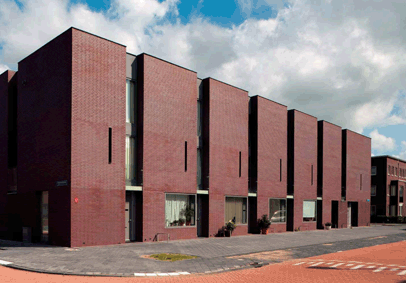
Urbanistica di prossimità: competenza di genere o strategia miope? Reintroduzione delle valutazioni dell'impatto di genere nella pianificazione spaziale
Abstract
In the present situation, gender-aware spatial planning, instead of looking at structural inequalities, still aims at ‘women’’ as a special needs or target. The ‘women friendly approach’ allows for paying attention to spatial conditions for many people still confined to ancient role-patterns or extra burdens, and measures build on this concept can improve spatial conditions for many women in this situation. In this way it may alleviate the so-colled ‘chain of care’ which makes career-women dependent on services of low-educated low-paid. The result is an ‘urbanism of proximity’ [Muxi 2010; ..] that is also in the interest of the growing number of senior citizens, or of young families; see for example the recent French quarters in the south of Germany [ref]. But who guarantees that on the long run such measures do not convert in their opposite: an obstacle for emancipation? If conditions are optimised, why complain about the job? Gender Impact Assessment (GIA) is an ex ante evaluation method designed to identify possible gender effects in general policy.
Keyword
Full Text
PDF (English)DOI: http://dx.doi.org/10.6092%2F2281-4574%2F1552
Refback
- Non ci sono refbacks, per ora.

This work is licensed under a Creative Commons Attribution 3.0 License.
Direttore scientifico responsabile: Mario Coletta| print ISSN 1974-6849 | electronic ISSN 2281-4574 | © 2008 | Registrazione: Cancelleria del Tribunale di Napoli, n° 46, 08/05/2008 | Rivista cartacea edita dalle Edizioni Scientifiche Italiane e rivista on line realizzata con Open Journal System e pubblicata dal Centro di Ateneo per le Biblioteche dell'Università di Napoli Federico II.
